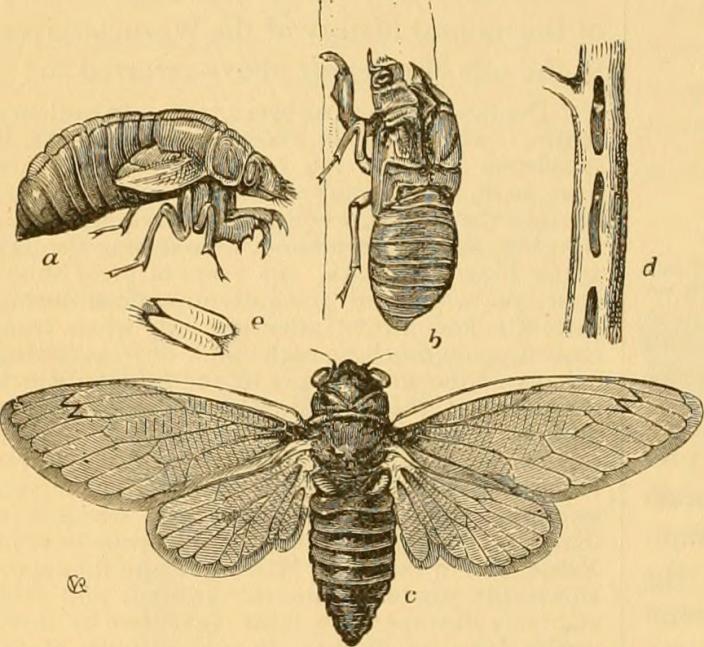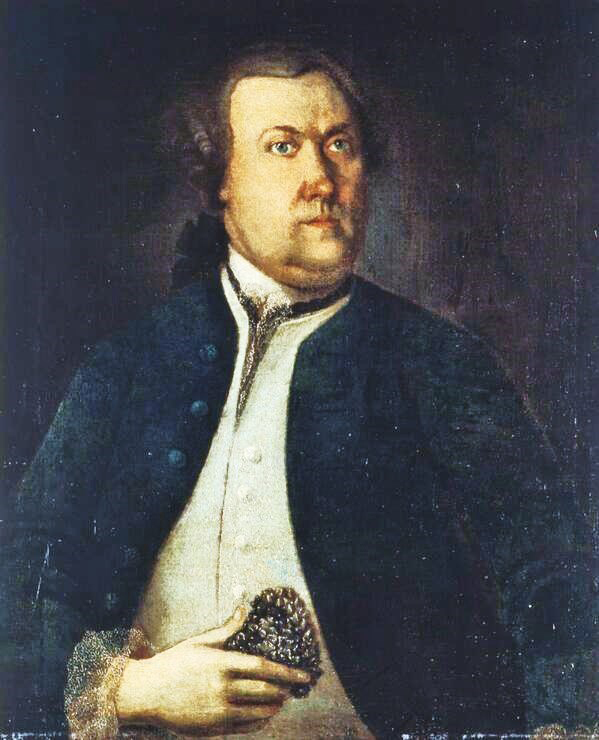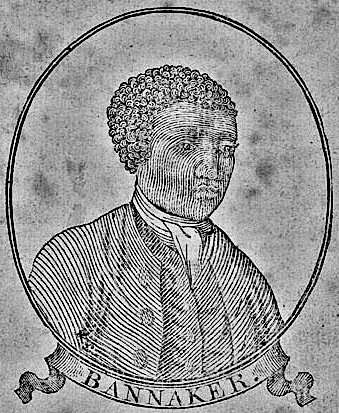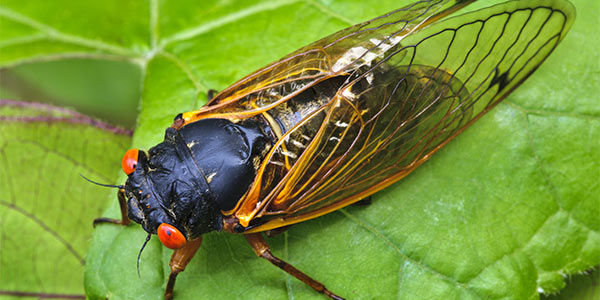
“They usually come out of their holes at night and climb trees and the stems of plants. The nymphal cases, which split on top as the insects emerge, are discarded, but remain attached to trees and plants until, blown to the ground or washed away by rain. The ground underneath the trees is often covered with discarded pupal cases. Newly emerged insects dry their wings before attempting flight. Chickens are greedy about the insects just as they creep out of their holes. They are especially appetizing to birds at this stage. This may be the reason why the Creator has foreordained that they should appear at night, so they may not be destroyed by birds before they have reached the stage where they can fly away. I do not know if they dig the holes themselves in which the nymphs lie, or if they avail themselves of those dug by various types of earth boring dung beetles. They burrow the ground, no matter how hard wherever the excrement of horses is found. It is highly unlikely that dung beetles account for all the holes utilized by these insects.”
Peter Kalm, 1749

1749 was a locust year, and Pehr Kalm, the Finnish explorer, botanist, naturalist, and student of Carl Linneaus,1 was in Pennsylvania to witness it. The insects, which Kalm described as grasshoppers, were what we now know as the periodical cicada. The swarm that Kalm witnessed was the cicada special event we now call, somewhat ominously, Brood X.
Like 1749, 2021 is a locust year.
This Log Blog will show some historical accounts of the periodic cicada to try to shed light on this strange, every 17 year, phenomenon. 2
Kalm’s 1749 account describing the appearance of cicadas in Philadelphia was the first published scientific account of the cicada as we know it, Magicicada septendecim, the 17-year locust. Though, importantly, cicada are not locusts at all: they are from who different families of insects. Pennsylvania had long been an epicenter of cicada activity, which is something that Kalm knew all too well. In his account of the 1749 cicadas, he recounted the writings of the Andreas Sandel, Pastor of the Gloria Dei Swedish Lutheran Church in Philadelphia, who noted in his journal in 1732:
“During the month of May, there came out of the ground a particular fly or grasshopper which the English call locusts. They appeared everywhere even on hard roads. A shell completely covered the mouth, body and feet. It seems strange that they could make a hole through the ground while covered with a shell. After coming out of the ground they emerged from their shells, and flew away settling in the trees. There they made an extraordinary sound from morning ’til night. Since they were so numerous throughout the country, cowbells could scarcely be heard in the woods because of the noise. The insects slit the bark of the branches and trees and deposited the worms. In spite of this the trees did not show any injury the following year. Swine and chickens eat the insects. The heathens eat them, especially just after they emerge. The newly emerged insect is fried a little and then eaten. This may be the same type of insect as that which John the Baptist is said to have eaten. The insects lived until June and then they died.”
Though himself not a scientist, Sandel’s account is a compelling look at Brood X. It also includes many aspects that will be central to later cicada accounts, including a nighttime emergence, their loudness, shells, the fact that they are harmless, a connection to the Bible, and thoughts of eating them (and connecting eating them to indigenous Americans, which is most certainly what Sandel meant when he wrote “heathens”).

Another intellectual who wrote at length about the periodic cicada was Benjamin Banneker (1731-1806), a black scientist, astronomer, almanac author, and general polymath from Maryland, who witnessed the same cycle of Brood X in 1749, and accurately predicted their return in 1800. In 1800, he wrote, “I like to forgot to inform, that if their lives are Short they are merry, they begin to Sing, or make a noise from the first they come out of Earth till they die.” 3
He continued, writing:
“The first great Locust year that I can Remember was 1749. I was then about Seventeen years of age when thousands of them came and was creeping up the trees and bushes, I then imagined they came to eat and destroy the fruit of the Earth, and would occasion a famine in the land. I therefore began to kill and destroy them, but soon saw that my labor was in vain, therefore gave over my pretension. Again in the year 1766, which is Seventeen years after the first appearance, they made a Second, and appeared to me to be full as numerous as the first. I then, being about thirty-four years of age had more sense than to endeavor to destroy them, knowing they were not so pernicious to the fruit of the Earth as I did immagine they would be. Again in the year 1783 which was Seventeen years since their second appearance to me, they made their third; and they may be expected again in the year 1800, which is Seventeen years since their third appearance to me. So that if I may venture So to express it, their periodical return is Seventeen years, but they, like the Comets, make but a short stay with us–The female has a Sting in her tail as sharp and hard as a thorn, with which she perforates the branches of the trees, and in them holes lays eggs. The branch soon dies and fall, then the egg by some Occult cause immerges a great depth into the earth and there continues for the Space of Seventeen years as aforesaid.” 4
Banneker was one of the first naturalists to describe the periodic cicadas, and certainly one of the first to predict its regular occurrence.
The periodic cicada were also mentioned in the diaries of Henry Melchior Muhlenberg, the father of American Lutheranism and resident of Trappe. On Monday, May 5, 1783, Muhlenberg wrote:
“The laborers digging and plowing in the gardens and fields are finding the embryos of Lucustis, a kind of locust, which will emerge as soon as the warmth matures them. Seventeen years ago they appeared in great swarms, spoiling the fruit trees, did much damage, and made a constant noise which might almost be described as a Turkish war cry. The caterpillers, too, are spreading over the fruit trees, so we may have a literal fulfillment of Joel 1:4, ‘That which the palmerworm hath left hath the locust eaten; and that which the locust hath left hath the cankerworm eaten, and that which the cankerworm hath left the caterpiller hath eaten.’ The thirteen American provinces experienced this passage sensu sublimiori in seven years of war and doubtless will not fail to practice the third verse: ‘Tell ye your children of it, and let your children tell their children, and their children another generation.’ The Philosophical Society in Philadel [sic] will probably make its physical observations upon the locusts, caterpillers, etc., and suggest remedies against them, as the Egyptian wise men did, Exodus 7:11, 10:12. 5
These early accounts of cicadas are fascinating and show us something about science in the 18th century. While the cicada existed in Europe, periodic cicadas, with their clockwork-like reappearance in the mysterious Brood X, was a distinctly American phenomenon. Naturalists (and regular people) in America encountered the cicada with a combination of the language of Europe (the locust, the grasshopper, and the Bible) and direct observation, which fused together into the creation of new knowledge. These observations were not made solely by trained scientists like Kalm and Banneker, but also by non-scientists like Sandel and Muhlenberg. Regular people were vital for the development of new knowledge within the American colonies. While trained scientists may have been active and actively seeking new information, important accounts and contributions were also made by non-scientists who also witnessed the world around them.
Periodical cicadas, especially the hatching pattern we call Brood X, seem to have always been a point of fascination for Americans living in cicada country.
News stories regarding the cicada break down into several categories: some express fear about the cicadas (especially in regards to crops), some attempt, to calm nerves about the cicadas and their emergence, and some offer cicada related culinary suggestions.
Here are a couple examples from the Philadelphia area:
1893, The Times, Philadelphia
“The creatures are not ‘locusts’ at all, in fact, but cicadas. They are good to eat, according to the testimony of the division of entomology. Experts attached to that bureau experimented with them some years ago. They tried them in plain stew, in thick milk stew and broiled. The insects were collected from trees as they emerged from the chrysalis. After soaking in cold water over night they were cooked for breakfast. It was found that they imparted a distinct and agreeable flavor to the stew, but were not palatable themselves, being reduced to flabby skins. They were best fried in batter, when they suggested shrimps. Nevertheless, it was decided that they were not likely to become a popular dainty.”6
1919, The Philadelphia Inquirer, Philadelphia
“The Insect itself can accomplish comparatively little damage, but fear of the insect may accomplish a great deal, particularly if it is based upon a confusion of the cicada-locust with the grasshopper-locust. Men, believing that the grasshoppers are to eat up their crops this spring, might refrain from planting certain things. It is important, therefore, that the confusion be cleared up, that it be definitely understood by everybody that “the 17 year locust in 1919” means the periodical cicadas and not grasshoppers.”7
1936, The Philadelphia Inquirer, Philadelphia
“The cicada is harmless to mankind-it has no sting and no bite. The Indians thought it a toothsome morsel, fried.”8
1953, The Philadelphia Inquirer, Philadelphia
“In 1936 Edward abdicated his throne, Roosevelt was elected for a second term, and the 17-year locusts made their last public appearance. Now these periodical pests, answering the irresistible call of nature, have tunneled back to the surface in fantastic numbers. In May we warned you they were coming. Today they’re here. They’re probably all be dead by the end of July, but in their short, happy life above ground, they’ll keep lots of people awake with their eerie mating calls, and litter lawns and woods with their millions of cast-off shells.”9
1970, The Philadelphia Inquirer, Philadelphia
“As for the cicadas (it’s sick-KAY-duhs), they’ll be in the mood for love…..[quoting Henry F. Nixon, of the Pennsylvania State Agricultural Department] ‘American Indians associated cicada with evil because of their periodical appearance. American colonists who never had seen a periodical cicada before coming to America associated the insect with Biblical plagues. Another superstition that persists is that the letter ‘W’ on the cicadas’ wing foretell war.”10
What can we make of these?
These passages raise a couple fascinating throughlines, which seem to exist through the present day.
The first, is the identification of the cicada as locusts, and in turn connecting them to the Bible. Indeed, from their earliest accounts, periodical cicadas were described interchangeably as locusts and grasshoppers, including among such naturalists as John Bartram and Carl Linneaus. Further, the naturalist Peter Collinson, a longtime associate of Bartram and Linnaeus, noted in 1764, “In Pennsylvania the cicada is seen annually, but not in such numbers as to be remarkable, but at certain periods, of 14 or 15 years distance, they come forth in such great swarms, that the people have given them the name of Locusts.”11
For those who had never seen such strange insects, certainly tales of the Bible, such as the locusts of Exodus, would be a good analogy. Such known stories provided a vocabulary for understanding the unknown and strange, while they might not necessarily have been tied to scientific reality.
A second through line is a seemingly overwhelming desire to eat the cicada, which continues to the present day, including recipes for Tempura Cicada, cicada ceviche, and cicada tacos. 12
Certainly, there is no harm from the eating of cicada, though the Food and Drug administration warns that they should not be eaten by people with shellfish allergies. Likewise, they should be eaten in moderation, as they can include high volumes of mercury.
Health concerns aside, it seems that, historically speaking, the eating of cicada is tied to an idea of something that is very exotic (and, perhaps, even a bit forbidden). This can be seen as far back as 1732, when Sandel talked about how indigenous Americans (heathens, as he called them) fried and ate cicada. Connections to indigenous Americans consideration of cicada as a culinary delicacy continue, though there seems to be no real source that mentions this as a historical fact. More likely, mentions of indigenous Americans and cicada were more tied to European fantasies about “Indians” than actual lived experience.

2021’s appearance of the periodical cicadas is 18 cicada cycles away from when Peter Kalm described them in Philadelphia in 1749. It is safe to say that our fascination with these periodic visitors remains.
